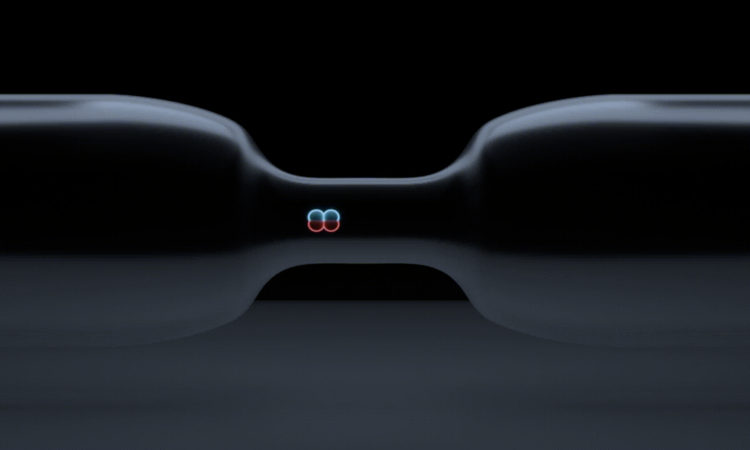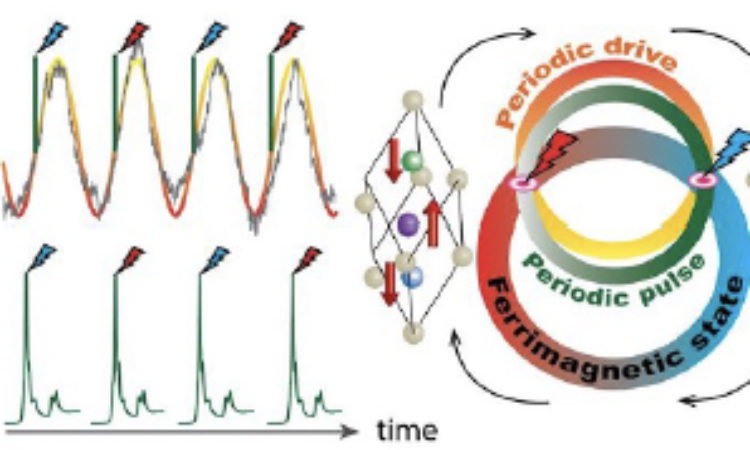Operando imaging of all-electric spin texture manipulation in ferroelectric and multiferroic Rashba semiconductors

By Jan Hugo Dil, EPFL
Based on article published in Physical Review X
The control of the electron spin in functional materials by an external electric field is a key issue for spintronic devices. Because the spin is not directly influenced by a realistic electric field, the coupling has to be indirect and thus especially ferroelectric and multiferroic materials bear large promise. Using spin- and angle-resolved photoemission spectroscopy (SARPES) with three-dimensional spin detection and by employing a Au-mesh as a top gate, we demonstrate operando electrostatic spin manipulation in ferroelectric α-GeTe and multiferroic Ge1−xMnxTe. We show for the first time that the spin texture in a ferroelectric Rashba semiconductor switches due to reversal of the ferroelectric polarization. Unfortunately the switching stalled after few reversals, indicating that ferroelectric fatigue and ferroelasticity play a crucial role. Therefore, robust all-electric spin switching between remnant polarization states requires further improvements in domain stabilization and sample growth. In this respect we demonstrate that the piezo force microscopy (PFM) amplitude signal directly correlates to the electrostatic spin manipulation in SARPES. This link provides an efficient tool to study and optimize this type of material for all-electric spin manipulation without directly having to use time consuming SARPES experiments.

Besides showing that it is possible to switch the spin texture of a ferroelectric material, an additional aspect of our work is that we are also able to follow the switching pathway in detail. This is especially of interest for multiferroic systems where the switch pathways and the interplay between different ferroic order is still poorly understood. In multiferroic Ge1−xMnxTe our operando SARPES reveals switching of the perpendicular spin component due to electric-field-induced magnetization reversal. This provides firm evidence of magnetoelectric coupling in this material. However, the switch occurs via a complex pathway, possibly influenced by the photon beam. The general results show a multitude of spin-switching paths in which the magnetic and electric order parameters are coupled through ferroelastic relaxation paths. These switching paths provide evidence of a new type of magnetoelectric coupling intertwined with both Rashba and Zeeman spin splitting.
In a general sense our experimental findings open up a promising path toward robust and programmable semiconductor-based spintronics with functionality coupled to electronic and magnetic properties. It shows that a single material can exhibit the rich phase diagram and functionality typically associated with multiferroic coupling in heterostructures. Most importantly it shows that operando (S)ARPES measurements are possible and thereby open up a new approach in the study of materials with novel electronic properties.



